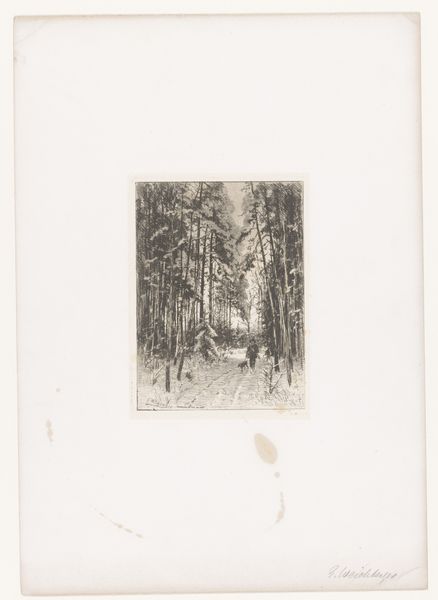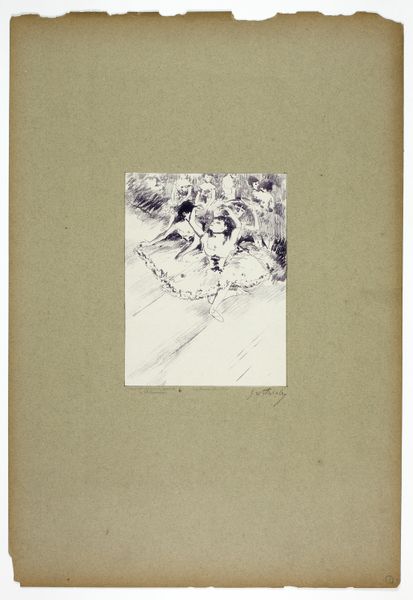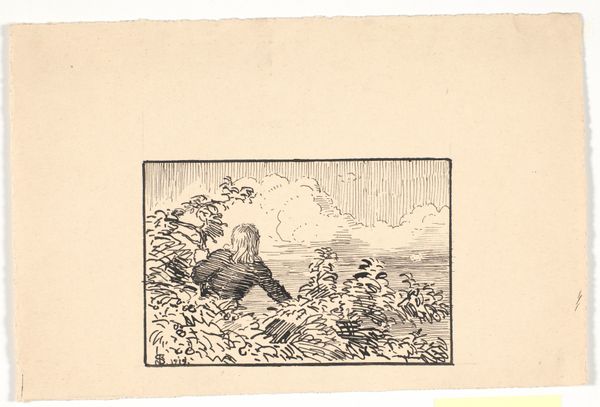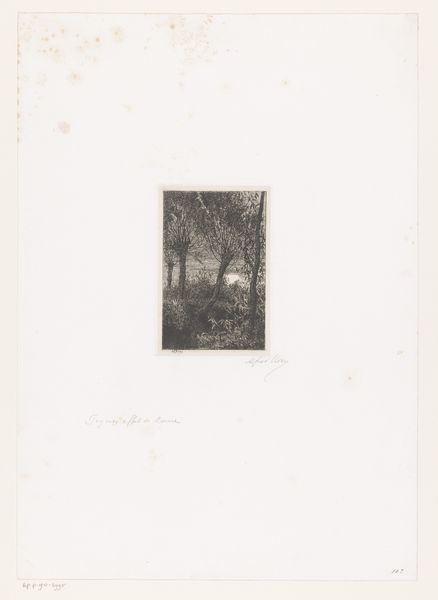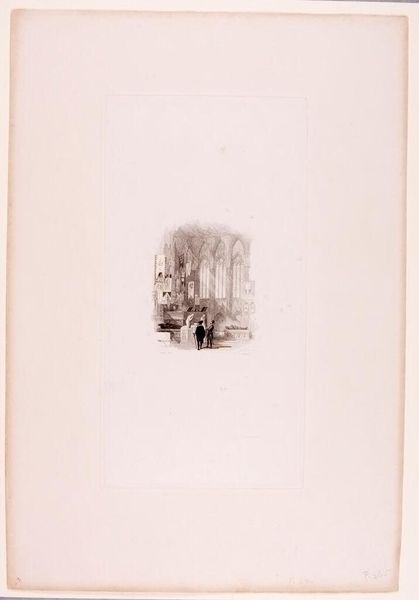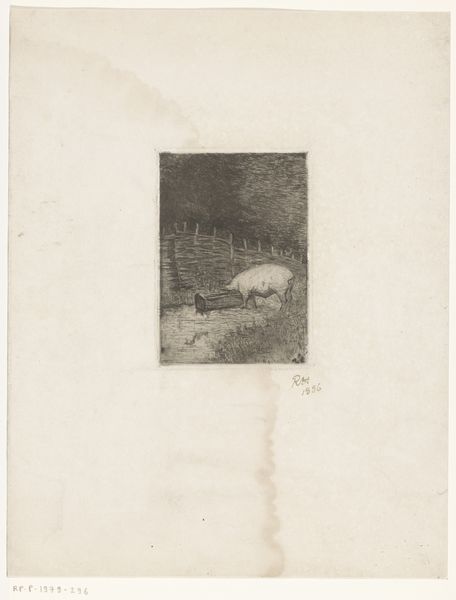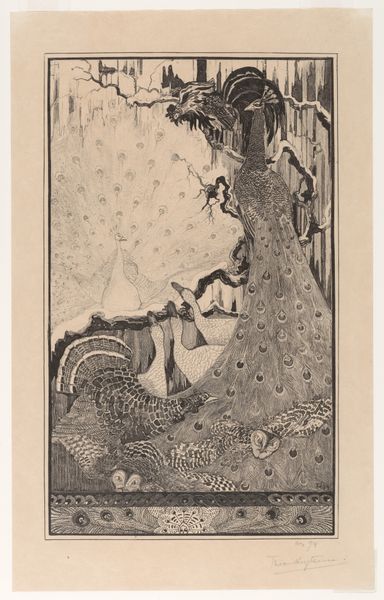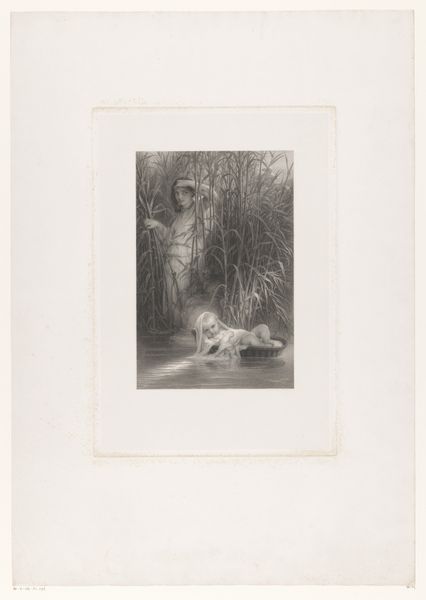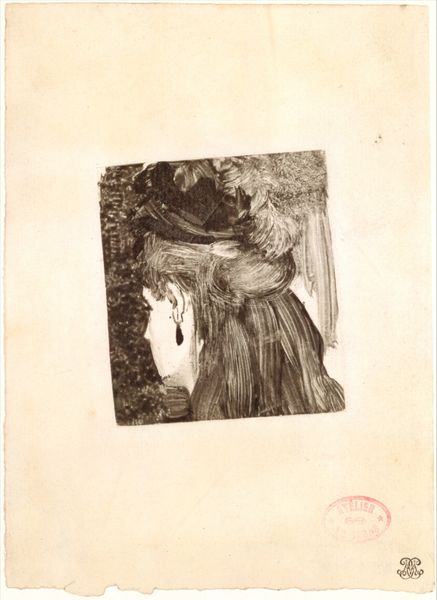
Illustration til St. St. Blicher: "Mowns". F.o.: Mowns liggende; f.n.: studevogn med kisten 1886
0:00
0:00
drawing
#
drawing
#
landscape
#
line
Dimensions: 316 mm (height) x 262 mm (width) (bladmaal)
Editor: Here we have Hans Smidth’s "Illustration til St. St. Blicher: "Mowns"", created in 1886, a drawing of two contrasting scenes framed by foliage. The scene at the top appears dark and mournful, while the lower one seems to depict some sort of procession. What strikes you most about this drawing? Curator: Immediately, I notice the stark class disparity in Smidth’s visualization of Blicher’s story. Look closely at the upper scene: Mowns, presumably, lies in what appears to be squalor. And below? The visual suggests a pauper’s funeral. How might Smidth be critiquing the social structures that lead to such destitution? Editor: So, you're saying Smidth isn’t just illustrating a story; he's making a commentary on the societal conditions depicted within it? Curator: Precisely! The inclusion of the natural elements, the juniper branch specifically, might serve as a commentary on the unforgiving nature of social injustice. The rigid framing devices that segment the scenes might even be visual metaphors for social stratification, for the lack of opportunity and social mobility at the time. Do you see a parallel between the physical structure of the artwork and the themes it addresses? Editor: Yes, I think I do. The boxes within boxes visually reinforce the barriers inherent in the narrative, especially when viewed through today's social justice lens. Curator: Exactly. The artwork functions as a poignant visual record, simultaneously telling a specific story while also revealing a broader, critical perspective on societal inequities that continue to resonate even today. Editor: Thank you; I now understand the social commentary in Smidth's composition. The visual framing enhances, and critiques, the story’s narrative.
Comments
No comments
Be the first to comment and join the conversation on the ultimate creative platform.

